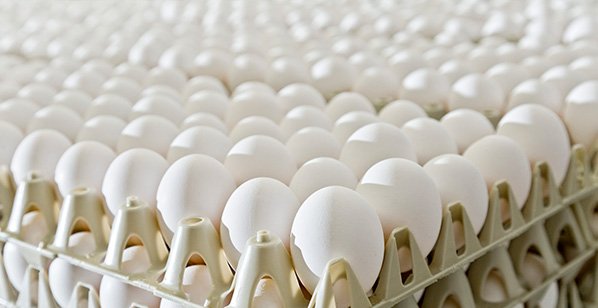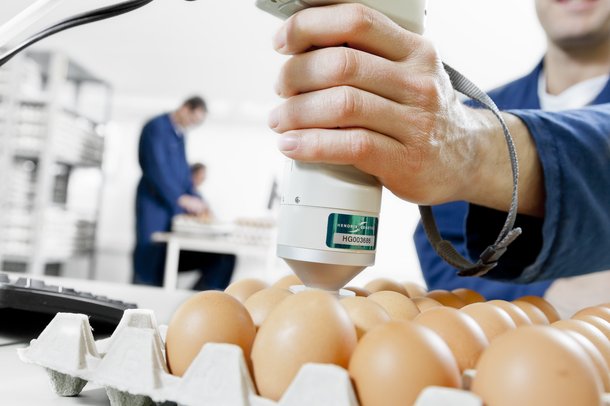Quantity & Quality
When it comes to product performance, both quantity and quality of eggs matter to our customers, it are traits that have a clear, direct economic impact. Selection for increased first quality egg production, improved livability and improved feed efficiency contribute significantly to a more sustainable egg industry, resulting in an affordable high-quality, animal protein. Today’s definition of sustainability does not only consider the economy, the productivity and the environmental impact, but also animal welfare and public health. Animal welfare, biosecurity, genetic resources, environmental impact, and reduced use of antibiotics are also key parts of our breeding programs and daily operations. As the start of the value chain, we need to look beyond the requirements of today; our breeding programs should anticipate the changing needs of the future. Close communication with the distributors of day-old chicks and pullets together with egg producers is crucial in forecasting the future needs and trends. But it is also important that we are closely connected to academics and (N)GO’s to safeguard our awareness of the latest developments in the field of academic research and government legislation. By improving the quality of our breeding program, we contribute to the quantity and quality of global egg production.
Quantity
More and more, we are seeing egg producers around the world able to achieve 500 eggs per hen housed in 100 weeks. This has been one of the standout benefits of our layer breeds for a number of years.
Laying hens are not just more productive, they are also healthier and able to withstand environmental challenges. As a result, our customers can keep their laying hens in production longer. This contributes to more profits for egg producers and a more sustainable solution for the egg industry. We understand that not every market is ready to keep their flocks all the way up to 100 years, but as our goal is to improve the total number of 1st quality eggs per hen housed, our breeding philosophy will also add extra value to these operations. Stronger hens, that are robust, more social, maintain better feather cover and show better livability contribute to higher earnings for all egg producers. Higher egg laying performance peaks, and better egg laying persistency both result in more eggs.

Quality
For us, quantity of eggs is not just important, but quality is crucial as well. Steady genetic progress can be seen in better shell strength, shell color, and internal egg quality. Depending on where you are in the world, consumer preferences will dictate desired egg color and egg size; however, good quality eggs should always be free from internal blemishes such as blood spots, pigment spots, and meat spots. Within Hendrix Genetics’ breeding department, more than 50 traits are examined within our R&D facilities that are linked to egg quality. We have invested heavily in the development of new tools to bring egg quality to the next level, one of the outcomes has been the Eggxaminator. The Eggxaminator uses technology known as Machine Vision in the grading of the eggs derived from our laying hen breeding programs. Machine Vision refers to the technologies and methods used to provide imaging-based automatic inspection and analysis. By adopting Machine Vision we are able to generate even more accurate data on our exterior egg phenotypes, removing the possibility for human error and subjectivity. Each evaluation can now be completed with a high amount of measurable consistency. At Hendrix Genetics we do not sit still, we are continuously looking to implement new technologies to bring the quality of our breeding program to the next level.

